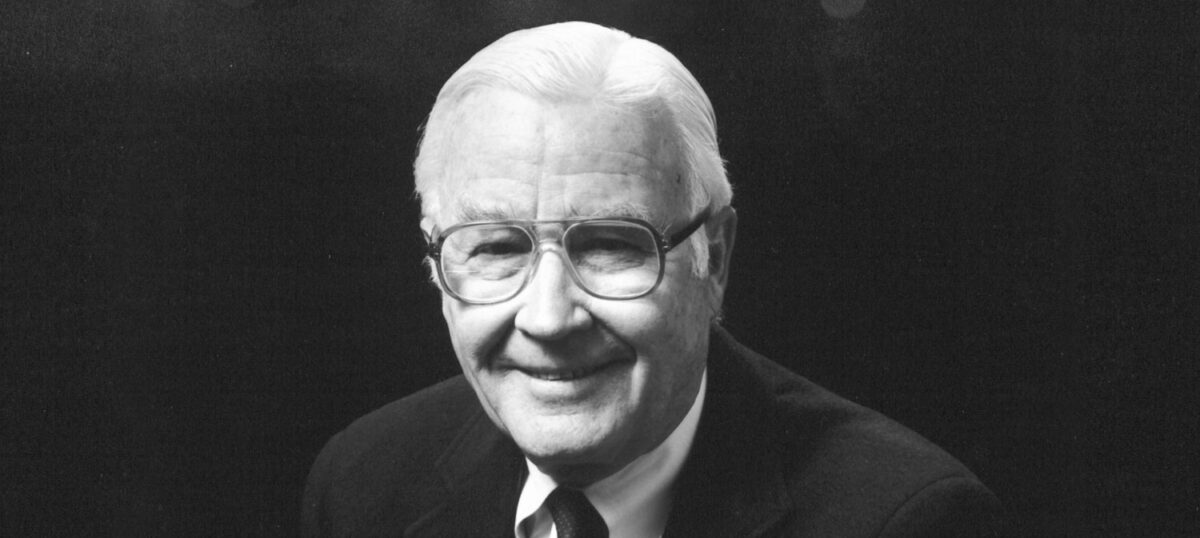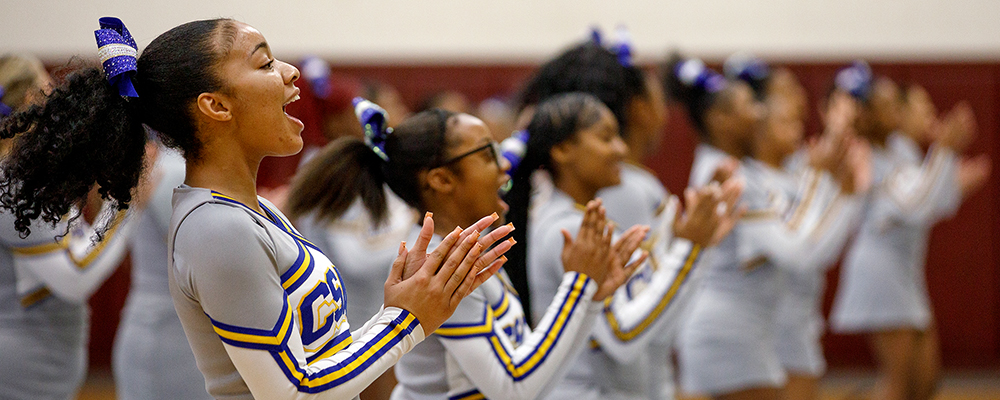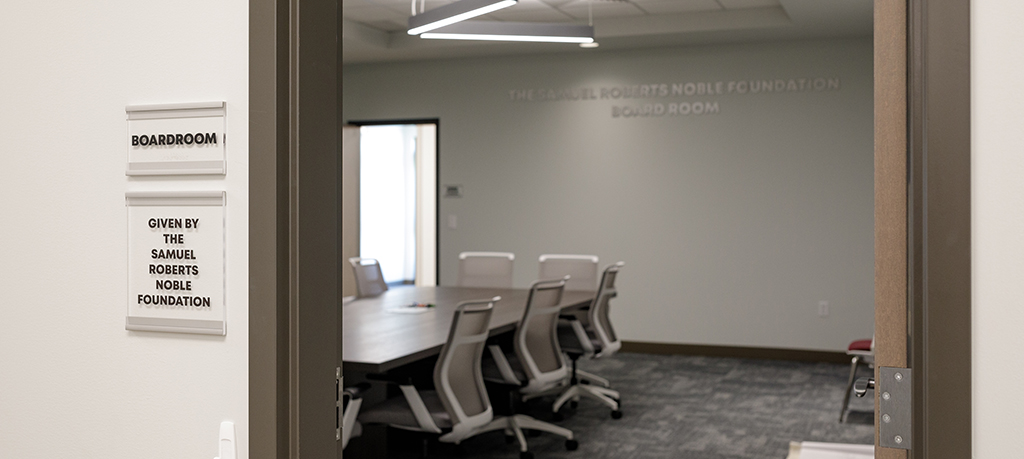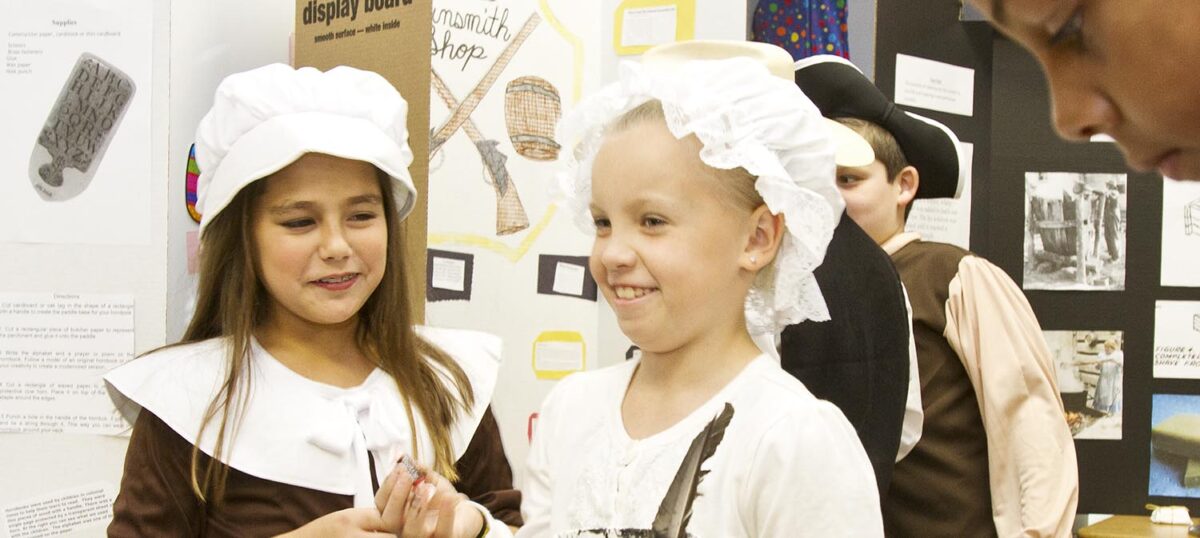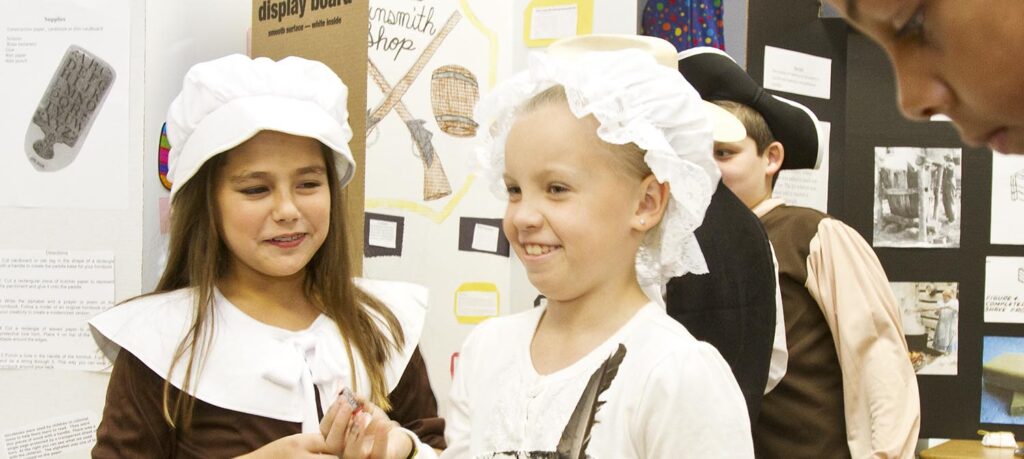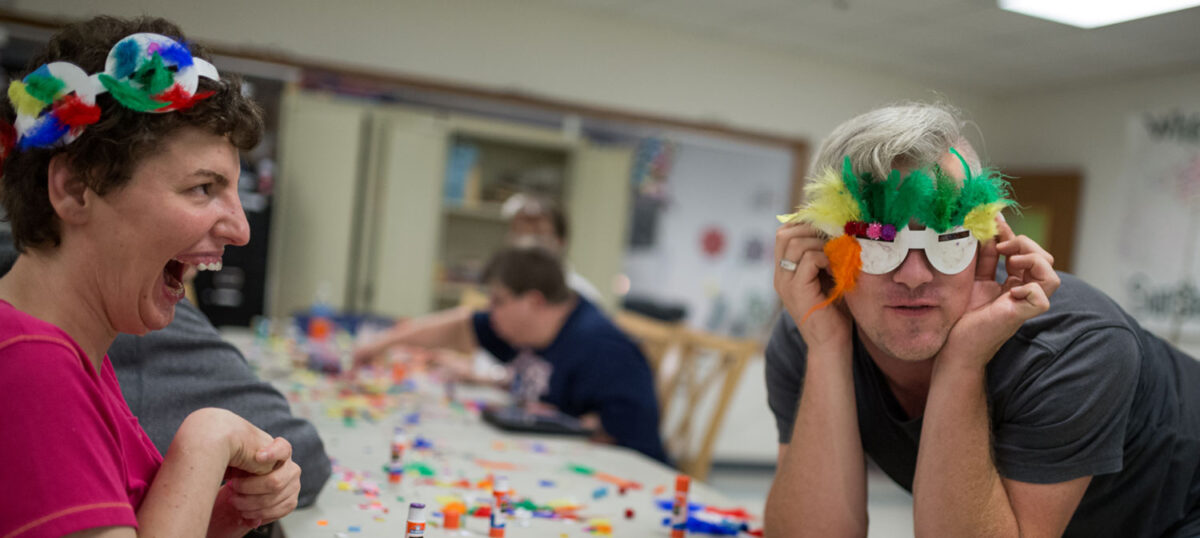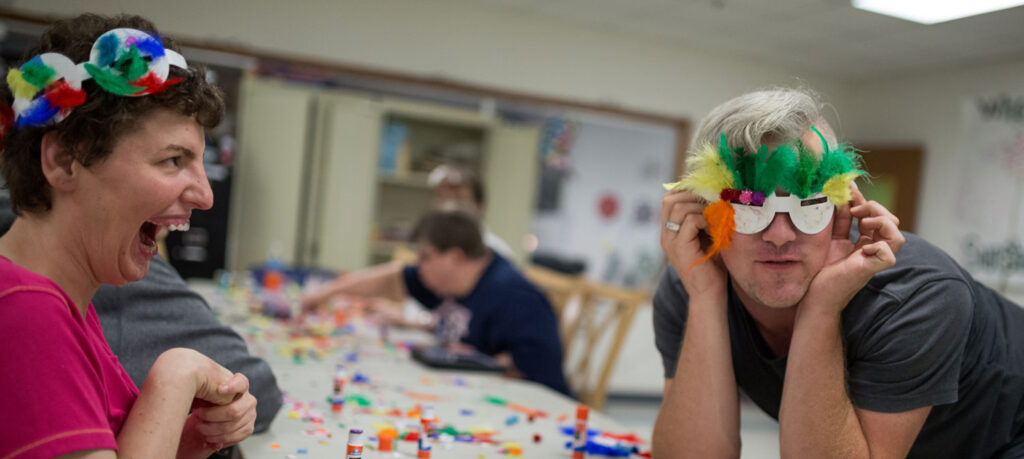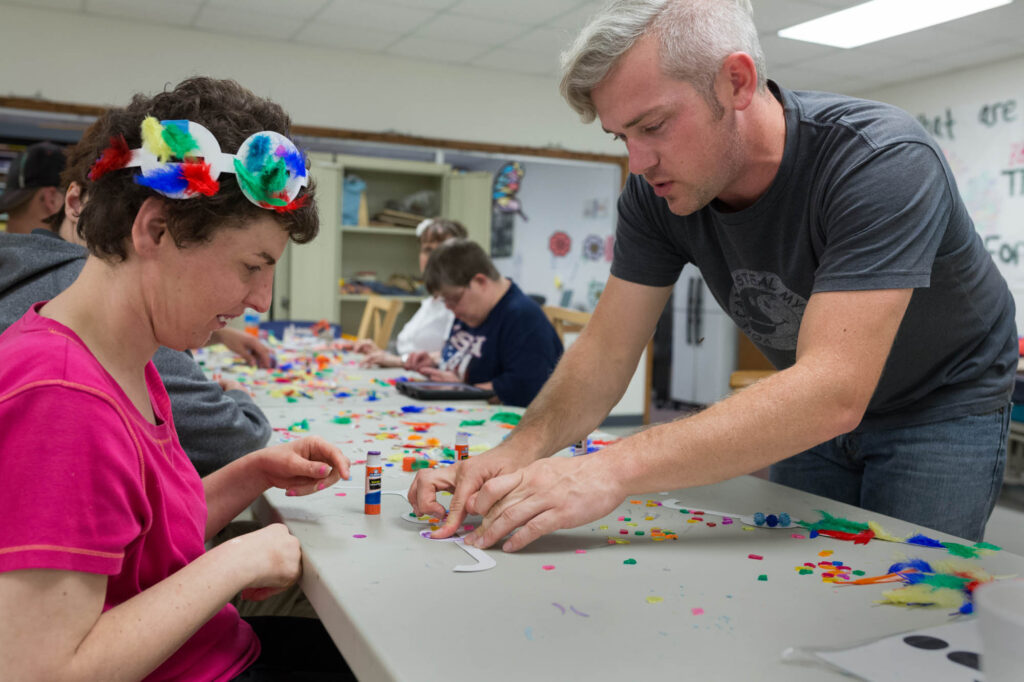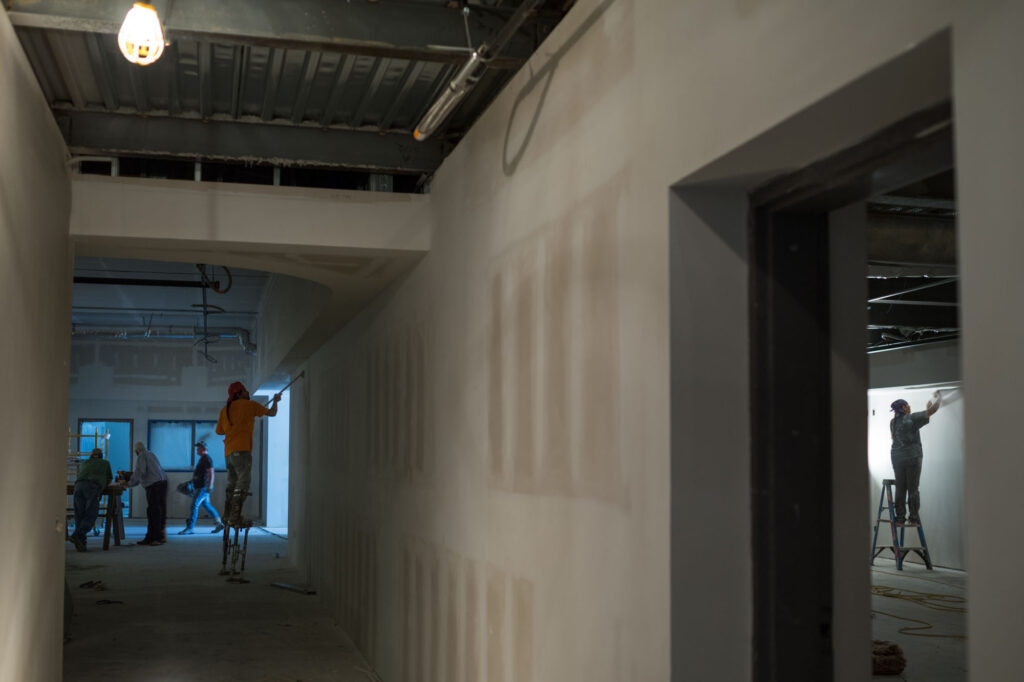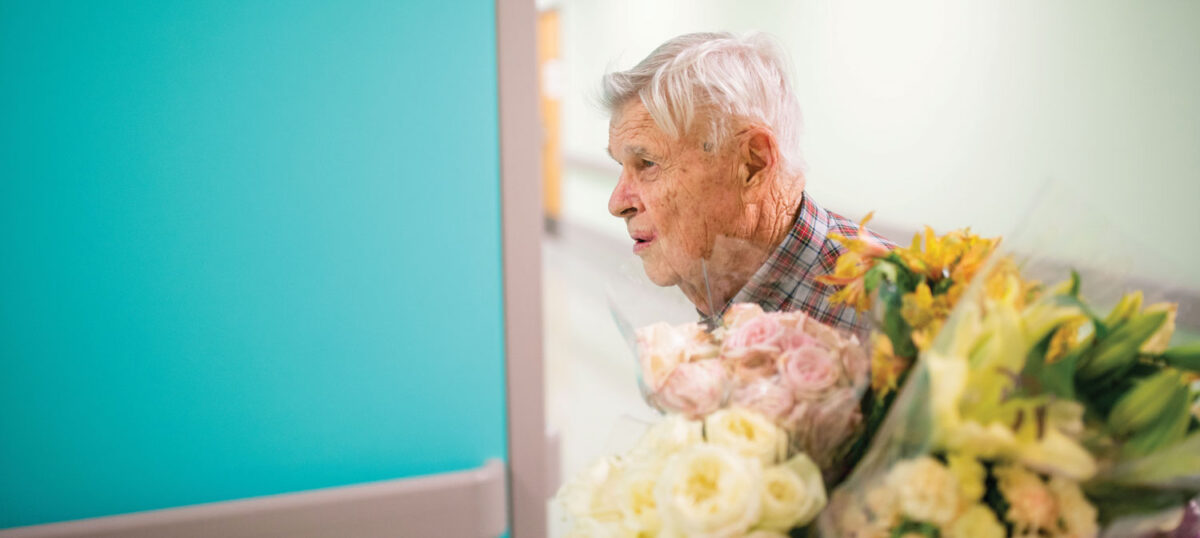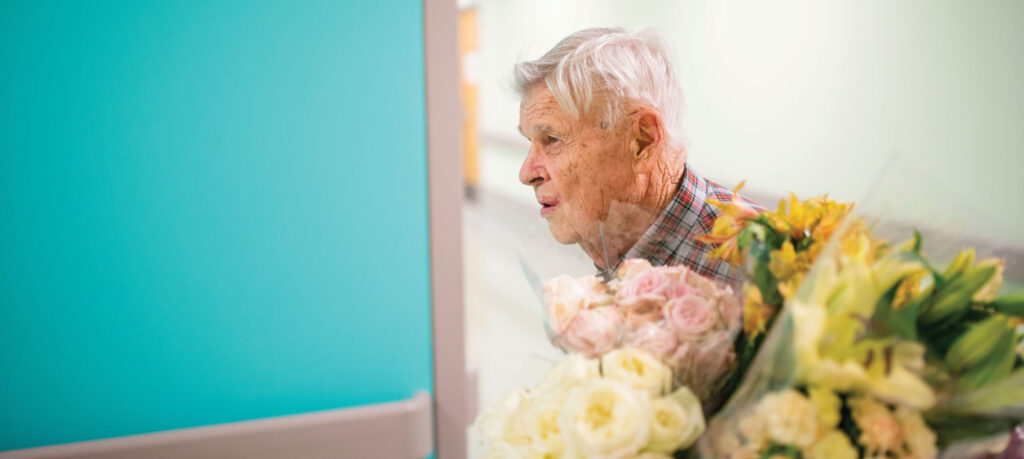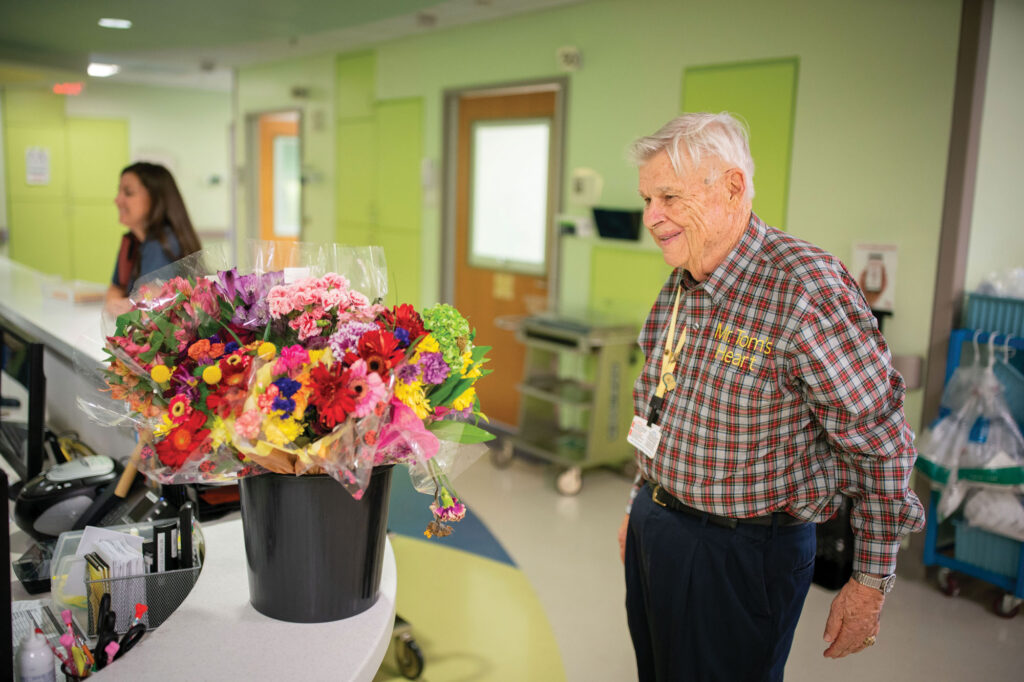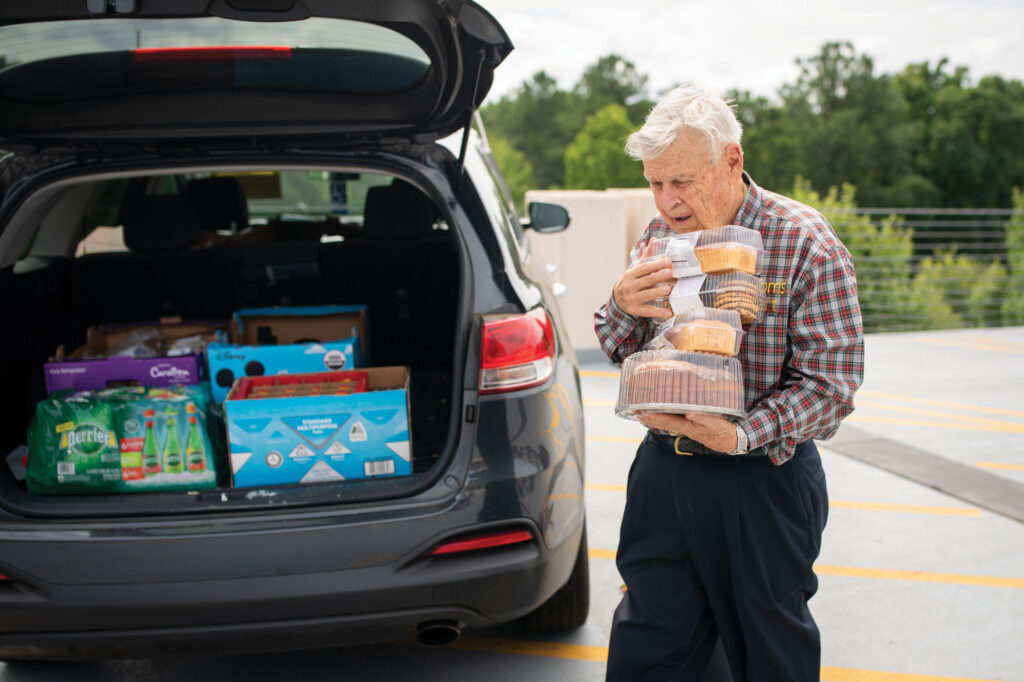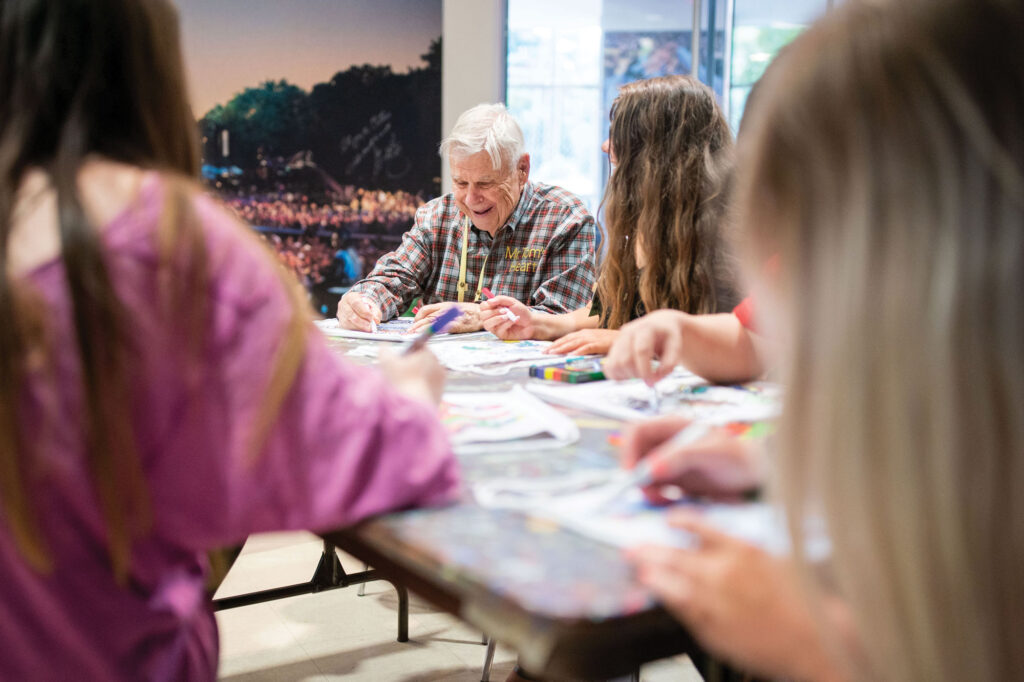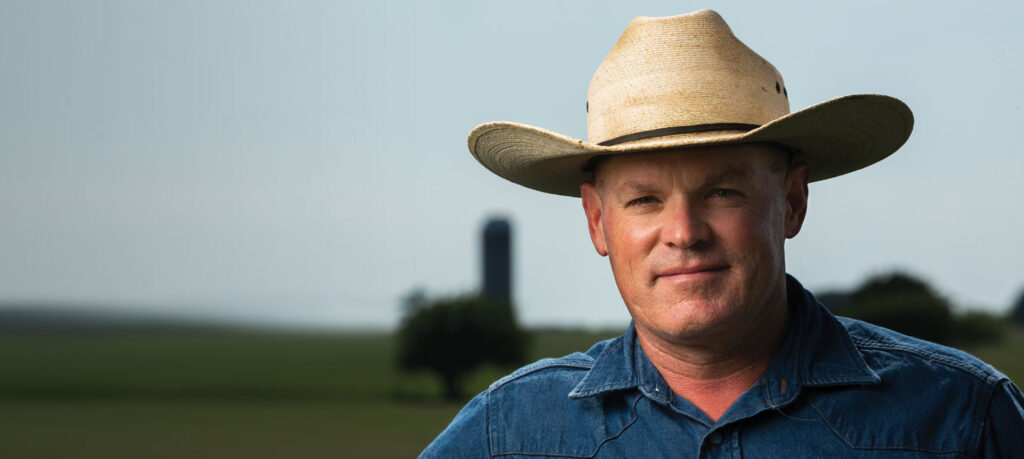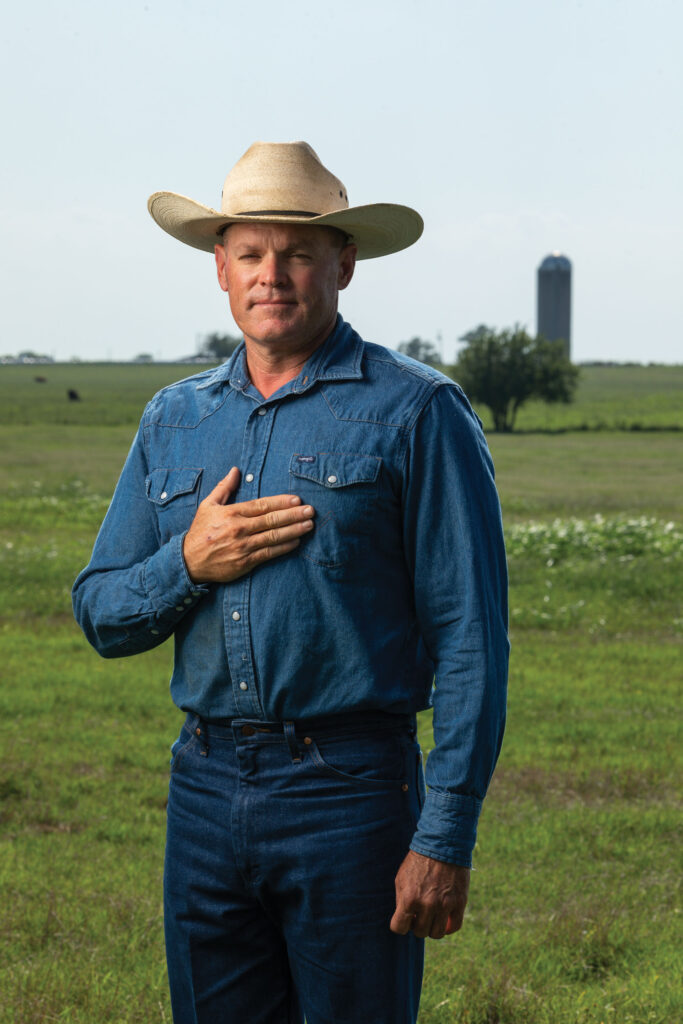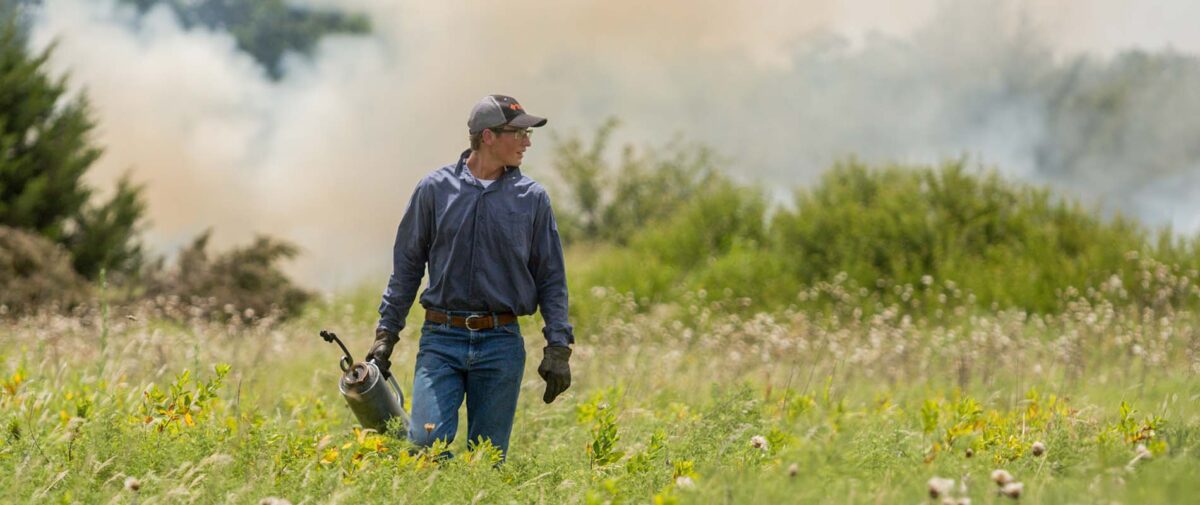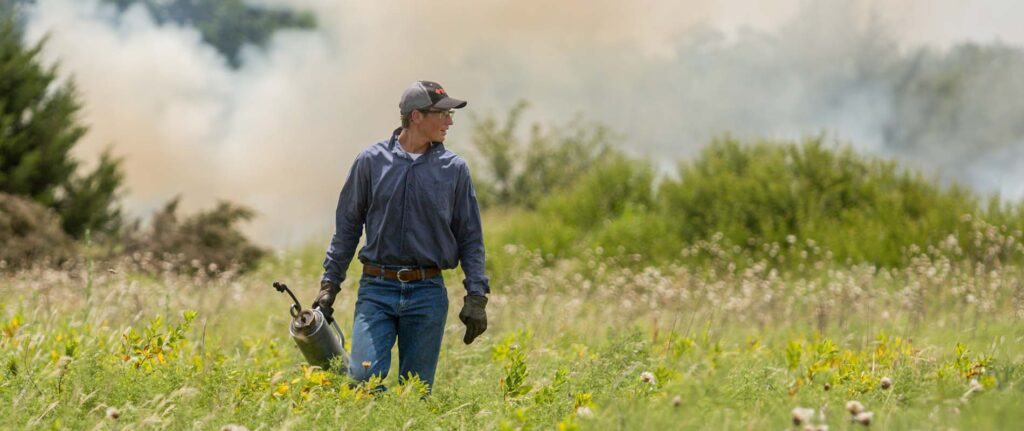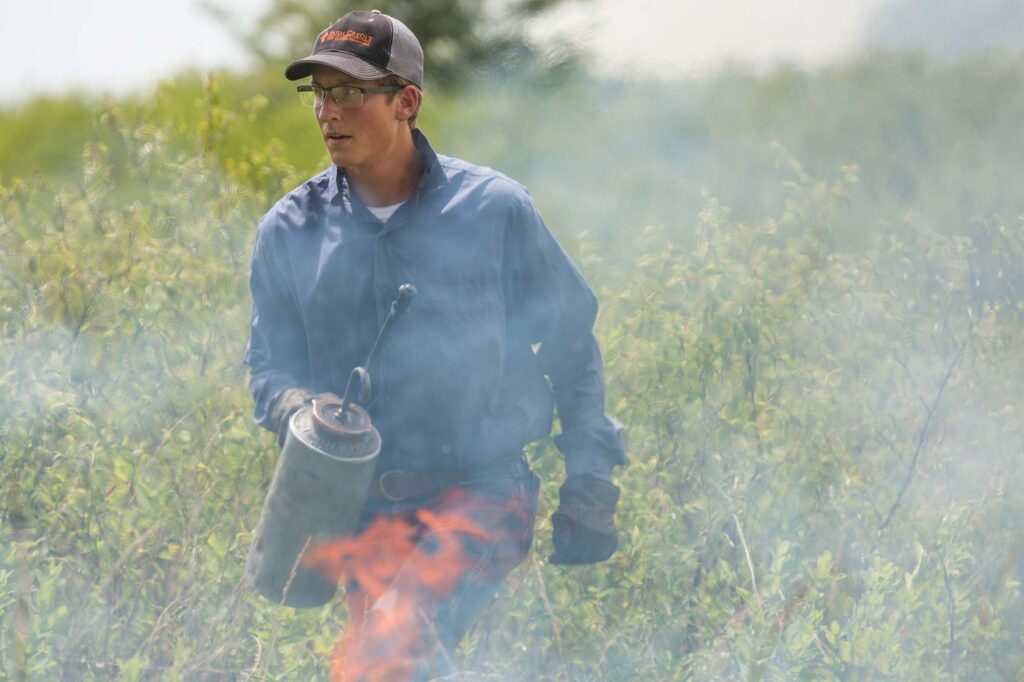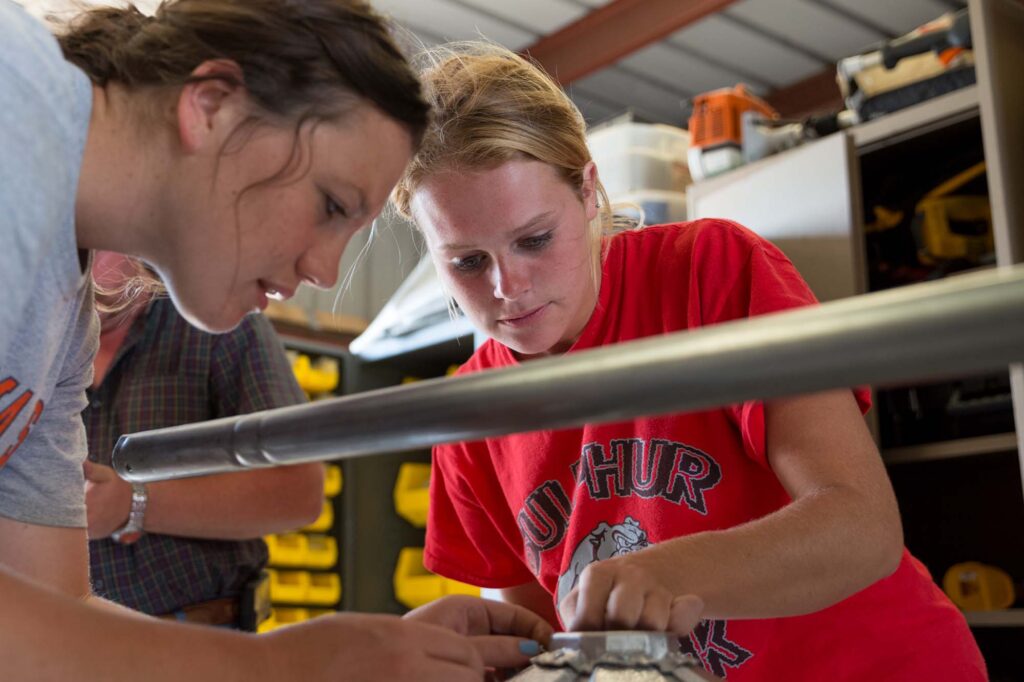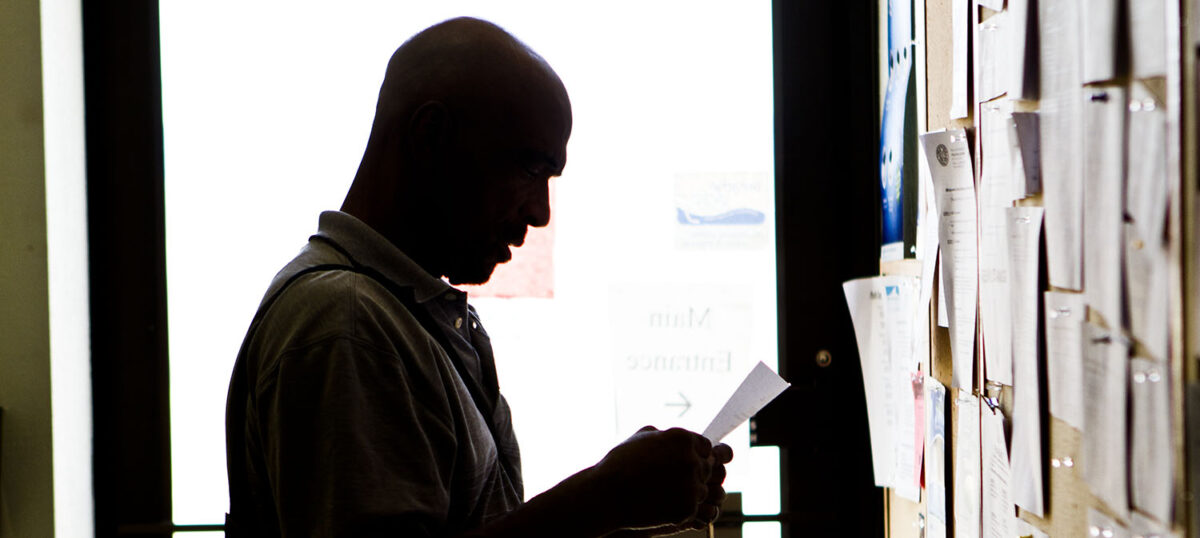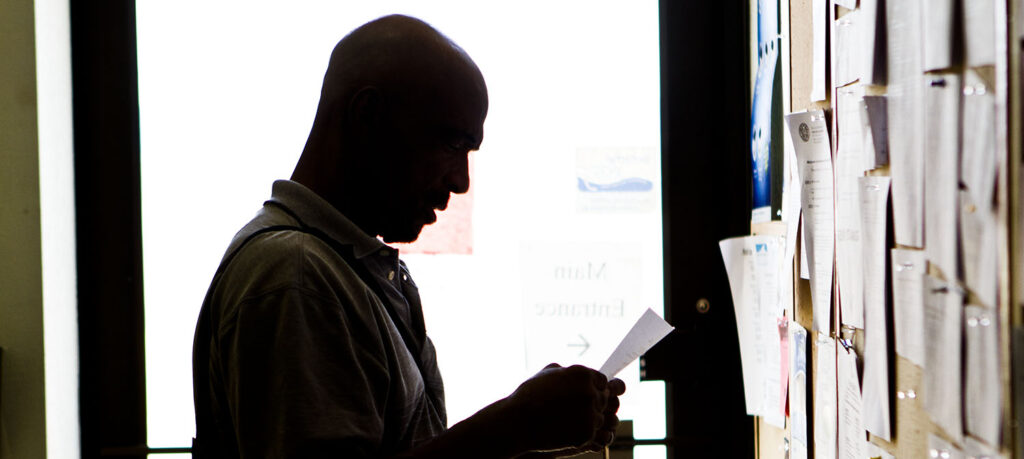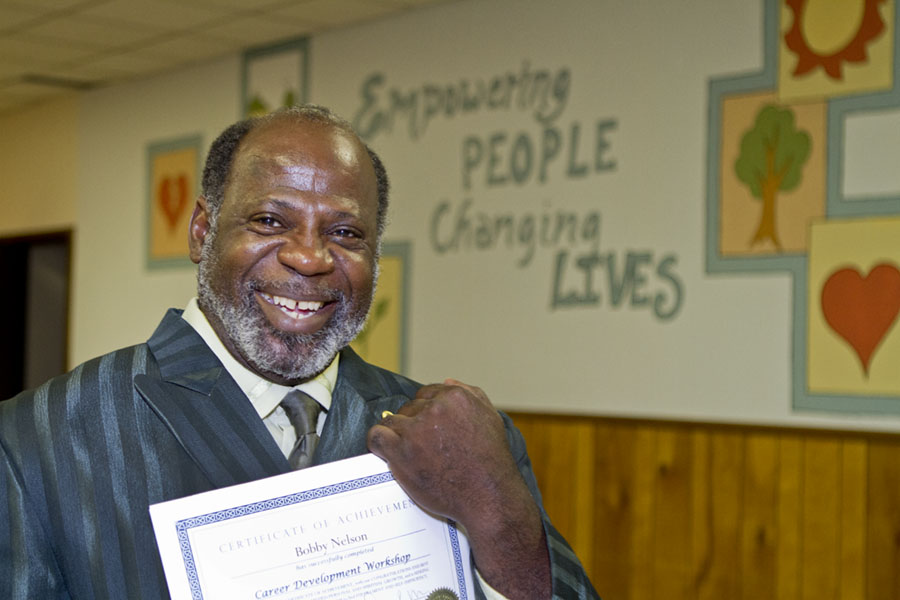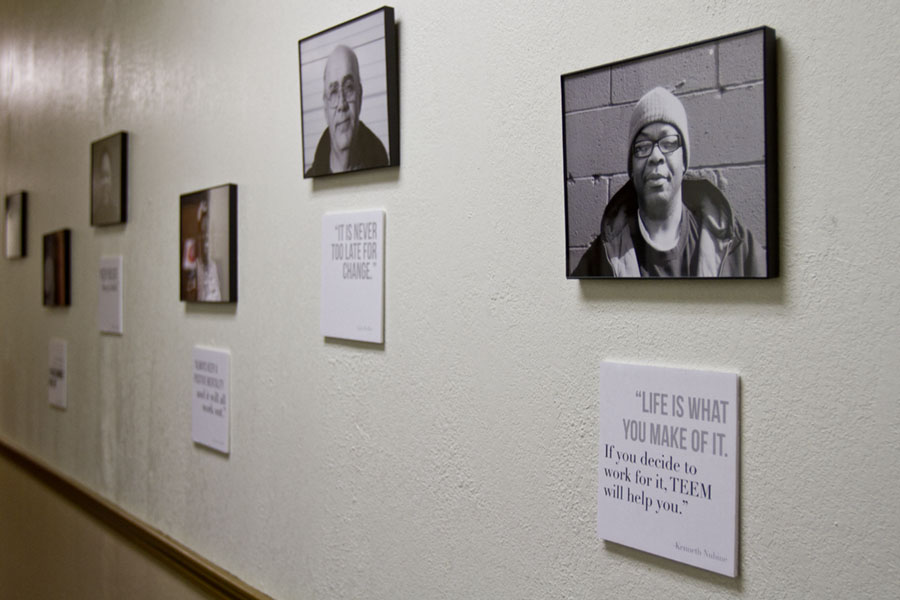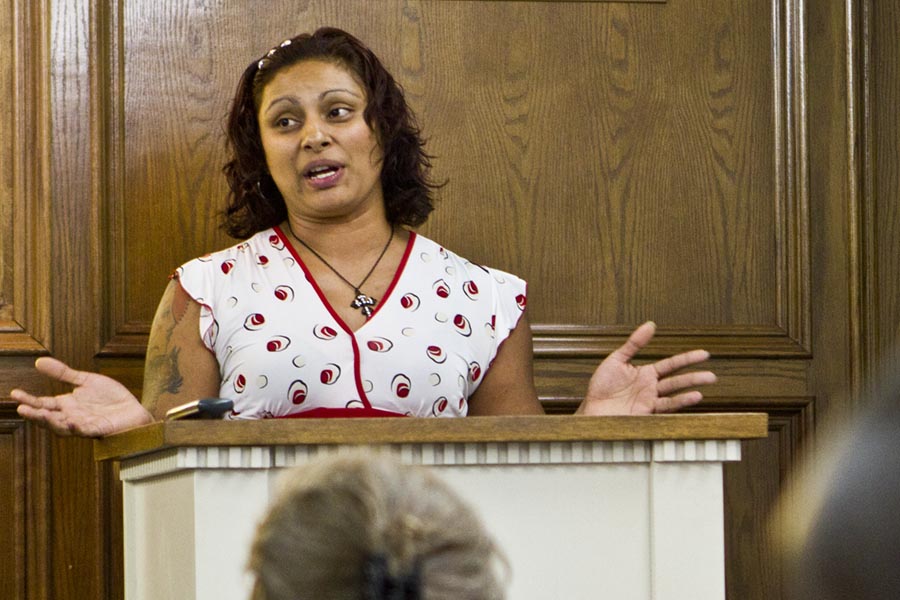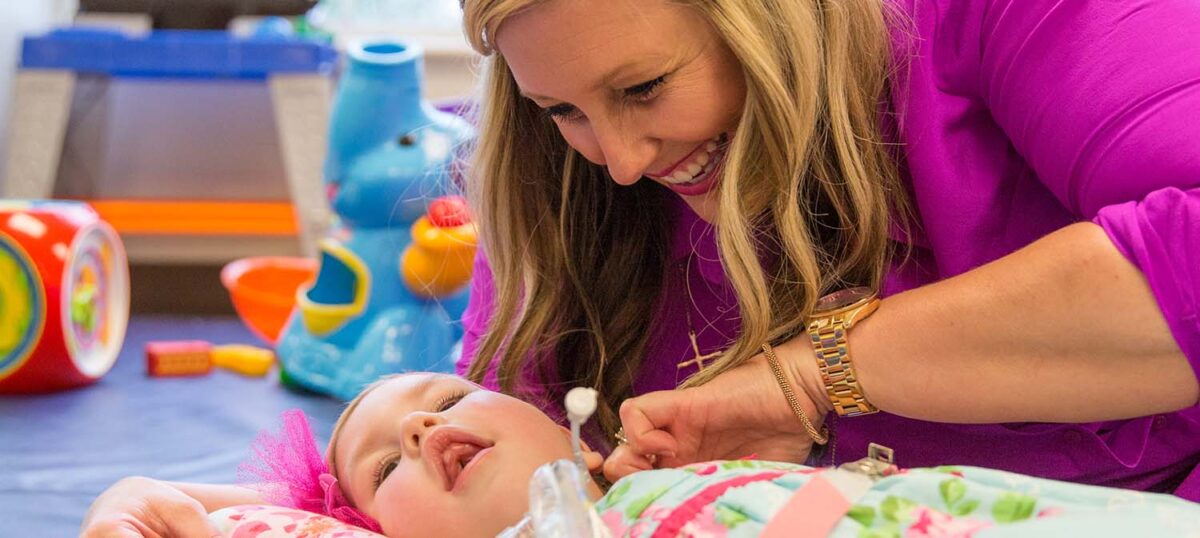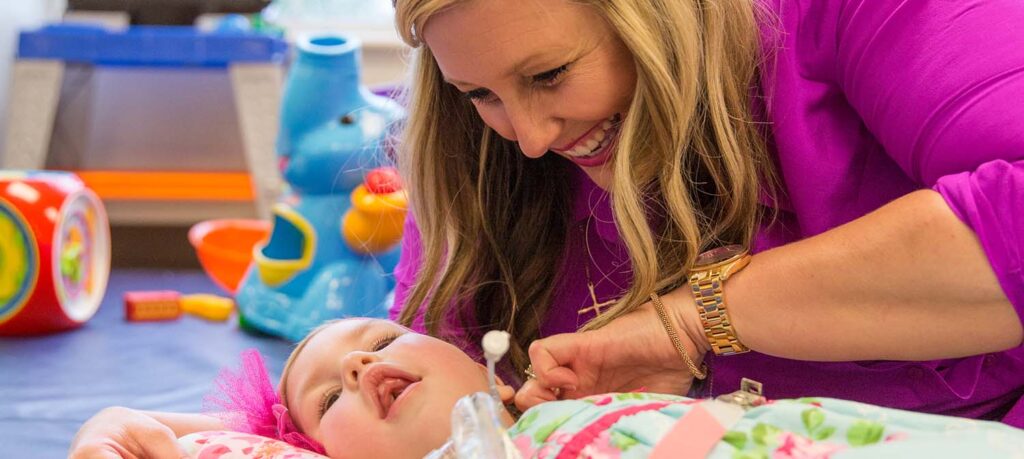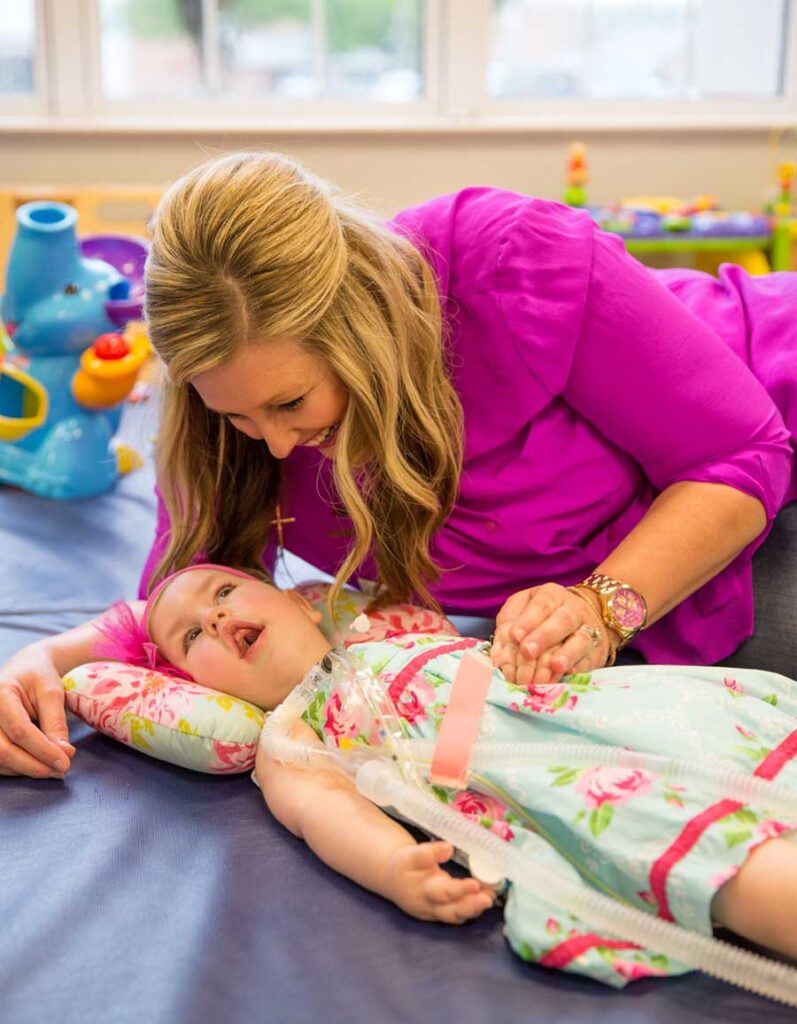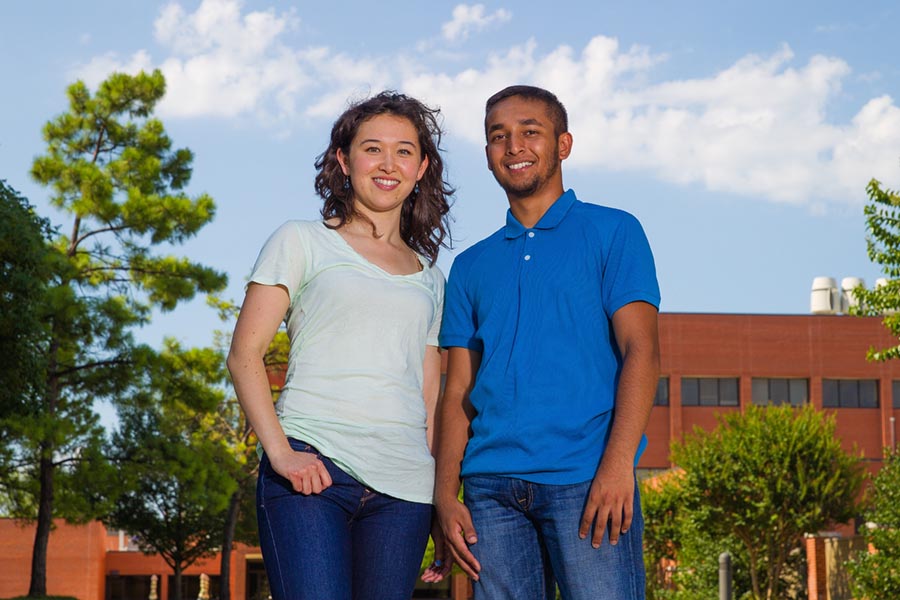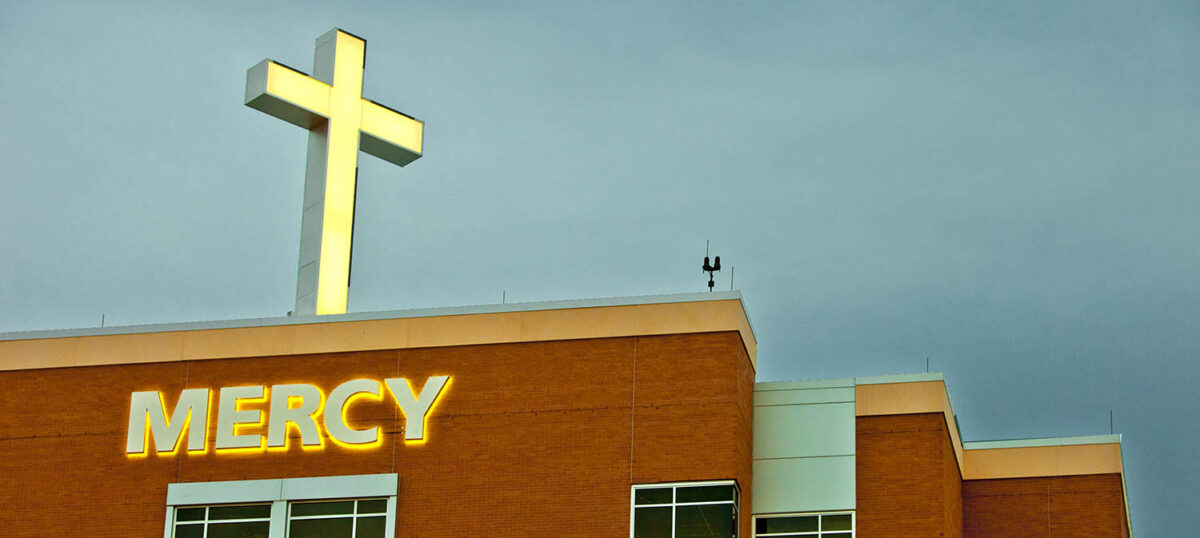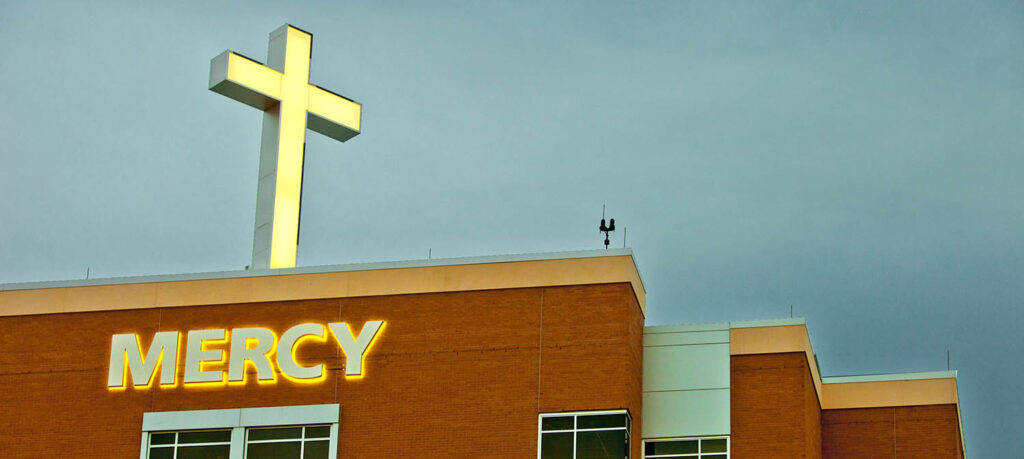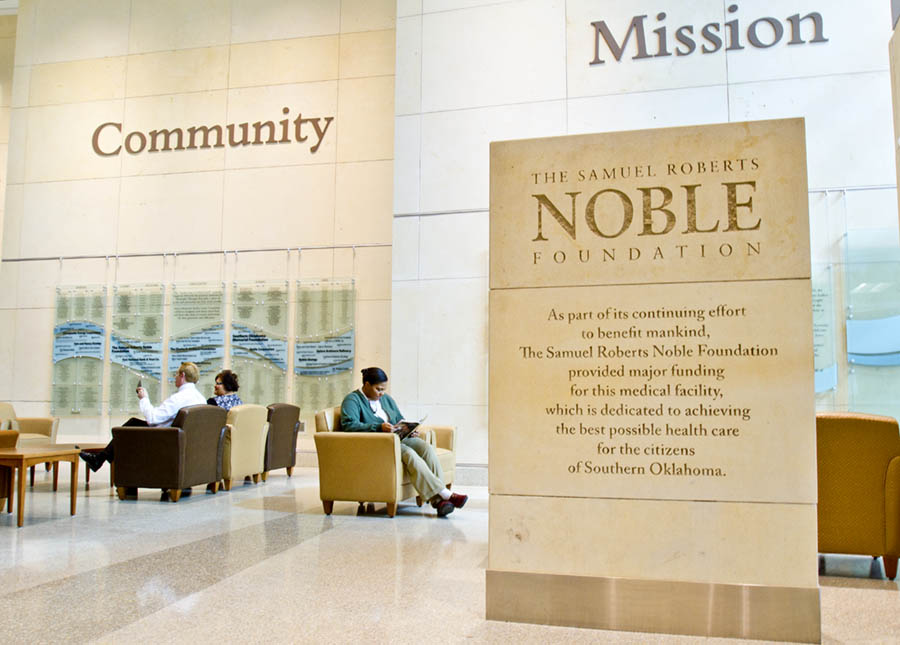17 Oklahoma Students Receive Sam Noble Scholarships – 2023
Gene Waxman
on
December 12, 2023
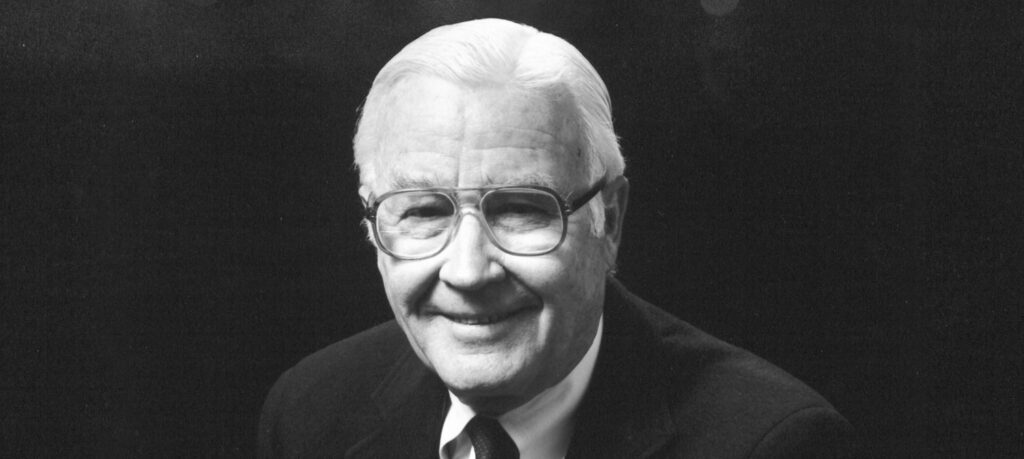
12 Oklahoma Students Receive Sam Noble Scholarships - 2023
Sam Noble Scholarships assist undergraduate and graduate students studying agriculture as well as undergraduate students studying technology.
ARDMORE, Okla. — The Samuel Roberts Noble Foundation recently announced the 2023 recipients of the Sam Noble Scholarship, awarding a total of $235,000 in scholarships to 17 southern Oklahoma students.
The 2023 Sam Noble Scholarship recipients are:
- Barrett Allen, Major: Horticulture Business, Oklahoma State University
- Garrett Brame, Major: Agribusiness, Oklahoma State University
- Hunter Morton, Major: Animal Science, Oklahoma State University
- Halle Pullen, Major: Agriculture Communications, Oklahoma State University
- Caleb Willoughby, Major: Agribusiness and Animal Science, Oklahoma State University
- Matthew Bowerman, Major: Agribusiness Management, Cameron University
- Karli Schwerdtfeger, Major: Plant Biology, Oklahoma State University
- Reanna DeLozier, Major: Horticulture Business, Oklahoma State University
- Ryan Patton, Major: General Agriculture, Oklahoma State University
- Merideth Behrens, Major: Agriculture Education , Oklahoma State University
- Blake Robbins, Major: Food Science, Oklahoma State University
- Cassidy Allen, Major: Animal Science, Oklahoma State University
- Kallie Clifton, Major: Agribusiness, Oklahoma State University
- Ethan Willingham, Major: Air Conditioning and Refrigeration Technology, Oklahoma State University Institute of Technology
- Beau Joplin, Major: Power Plant Technology, Oklahoma State University Institute of Technology
- Kole Scott, Major: Civil Engineering, Oklahoma State University Institute of Technology
- Kyler Williams, Major: AAS Engineering Technologies, Oklahoma State University Institute of Technology
About the Scholarship
Applicants for the Sam Noble Scholarship must reside in one of the following southern Oklahoma counties: Atoka, Bryan, Carter, Choctaw, Coal, Garvin, Jefferson, Johnston, Love, Marshall, McCurtain, Murray, Pontotoc, Pushmataha or Stephens.
Additional information about the Sam Noble Scholarship Program is available online at www.noblefoundation.org/scholarships.
Noble Foundation News
Stay up to date on all the ways the Noble Foundation is helping address agricultural challenges and supporting causes that cultivate good health, support education and build stronger communities.
